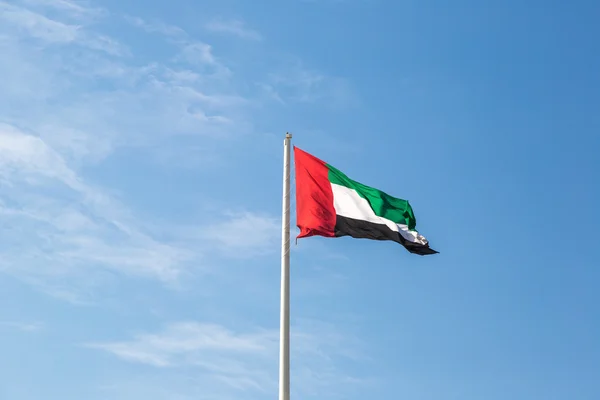The UAE celebrates Flag Day annually to honor the national flag and its significance in representing the unity and identity of the nation. This event, established in 2013 by Sheikh Mohammed bin Rashid Al Maktoum, Vice President and Ruler of Dubai, commemorates the accession of the late President Sheikh Khalifa bin Zayed Al Nahyan in 2004. Flag Day has become a key occasion in the UAE calendar, fostering patriotic pride among citizens and residents alike.
The Importance of Flag Day
Flag Day is observed on November 3 each year, although this year it falls on a Sunday. To maximize participation, Sheikh Mohammed has encouraged the public to display the flag on Friday. The celebration involves raising the flag simultaneously across various sectors, including schools, businesses, and government departments, at 11 AM. Although not a public holiday, the day is marked with enthusiasm and collective pride.
The Colors of the UAE Flag
The UAE flag features four colors: green, white, black, and red, known as the pan-Arab colors. Each color holds significant meaning:
- White symbolizes good deeds and generosity.
- Green represents growth and prosperity.
- Black stands for strength, resilience, and courage.
- Red embodies the sacrifices made by previous generations of Emiratis in defense of the nation.
These colors reflect the values that unite the people of the UAE and their commitment to progress.
History of the UAE Flag
The design of the UAE flag was created by Abdullah Al Maainah, who won a competition in 1971. His design was inspired by Arab unity and poetry. The flag was first raised during the formation of the UAE in December 1971, with one flag hoisted in Abu Dhabi and another at Union House in Dubai. It was also displayed at the UN headquarters shortly thereafter.
Guidelines for Displaying the Flag
The UAE has established strict guidelines for displaying its national flag to maintain its dignity and respect. Key rules include:
- The flag must be made from durable materials like high-quality polyester or nylon.
- When displayed indoors, it should not touch the ground or base.
- The flag must be regularly inspected for damage; if damaged, it should be replaced immediately.
- It should hang vertically with the red part at the top when displayed outdoors.
- The flag must not be altered or used for commercial purposes without permission.
These regulations ensure that the flag is treated with honor and reflects the pride of the nation.
Conclusion
UAE Flag Day serves as a powerful reminder of national unity and pride. By celebrating this day, citizens and residents reaffirm their commitment to the values represented by their flag. The colors of the flag symbolize essential attributes that define Emirati identity, while strict guidelines for its display reinforce respect for this important national symbol. As communities come together to honor their flag, they celebrate not only their heritage but also their aspirations for a prosperous future.










